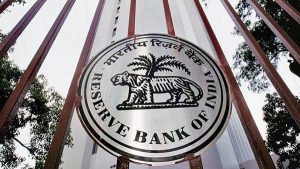Expected Credit Loss (ECL) Regime:

Credit rating agency India Ratings and Research recently said that banks would have adequate time and financial strength to absorb the impact of transition to expected credit loss regime.
- The Reserve Bank of India (RBI) recently proposed to move the banking system to an expected credit loss-based provisioning approach from an “incurred loss” approach.
- The RBI defines a loan loss provision as an expense that banks set aside for defaulted loans.
- Banks set aside a portion of the expected loan repayments from all loans in their portfolio to cover the losses either completely or partially.
- In the event of a loss, instead of taking a loss in its cash flows, the bank can use its loan loss reserves to cover the loss.
- The level of loan loss provision is determined based on the level expected to protect the safety and soundness of the bank.
- Expected Credit Loss (ECL) regime a bank is required to estimate expected credit losses based on forward-looking estimations rather than wait for credit losses to be actually incurred before making corresponding loss provisions.
- As per the proposed framework, banks will need to classify financial assets (primarily loans) as Stage 1, 2, or 3, depending on their credit risk profile, with Stage 2 and 3 loans having higher provisions based on the historical credit loss patterns observed by banks.
- This will be in contrast to the existing approach of incurred loss provisioning, whereby step-up provisions are made based on the time the account has remained in the Non-Performing Asser (NPA) category.




